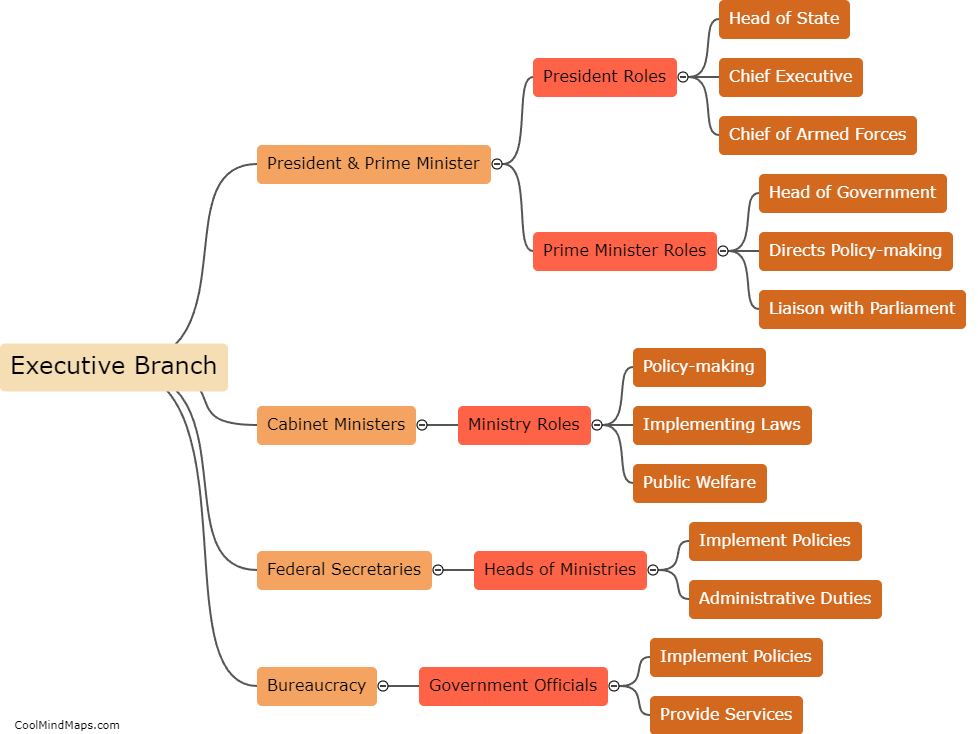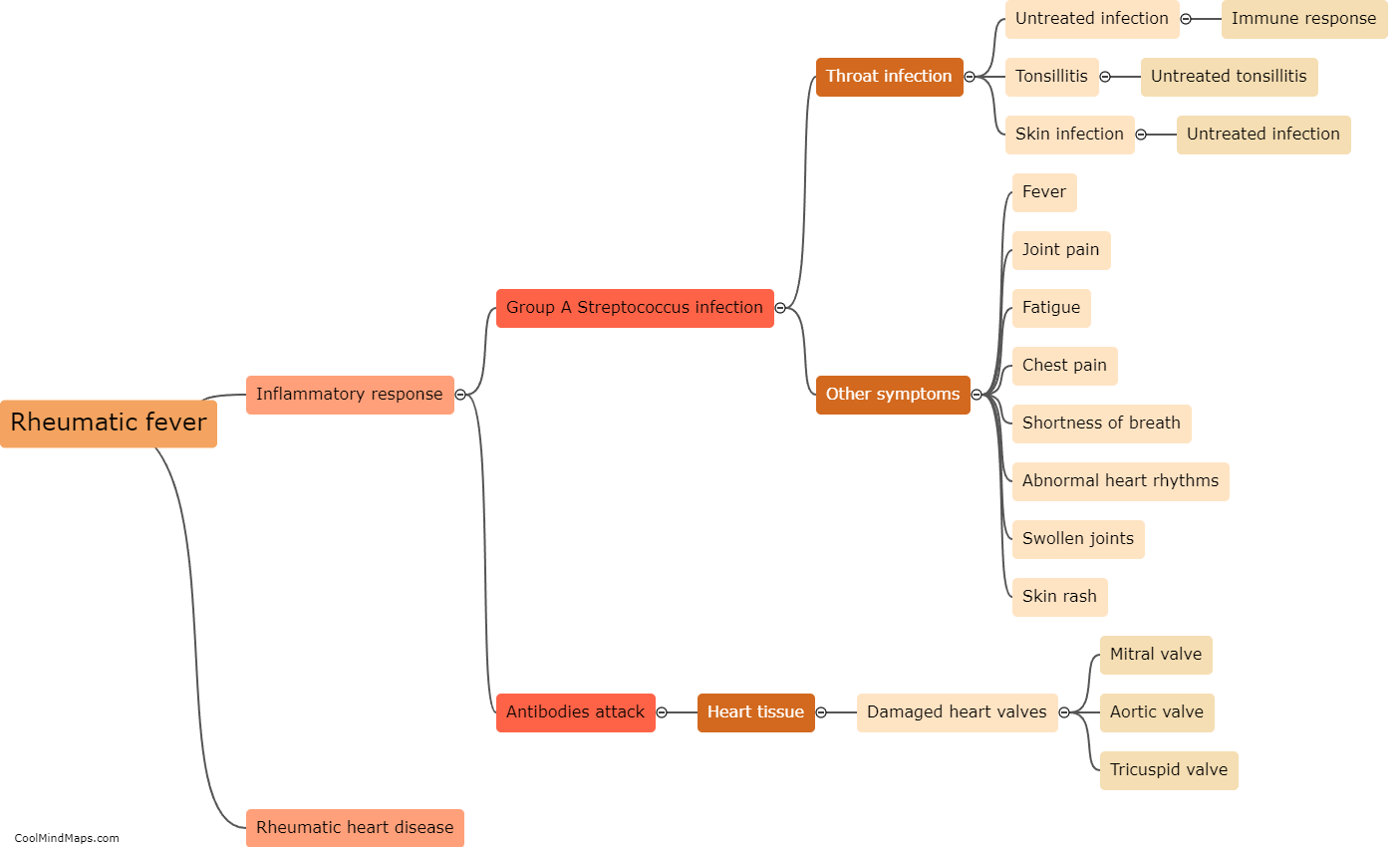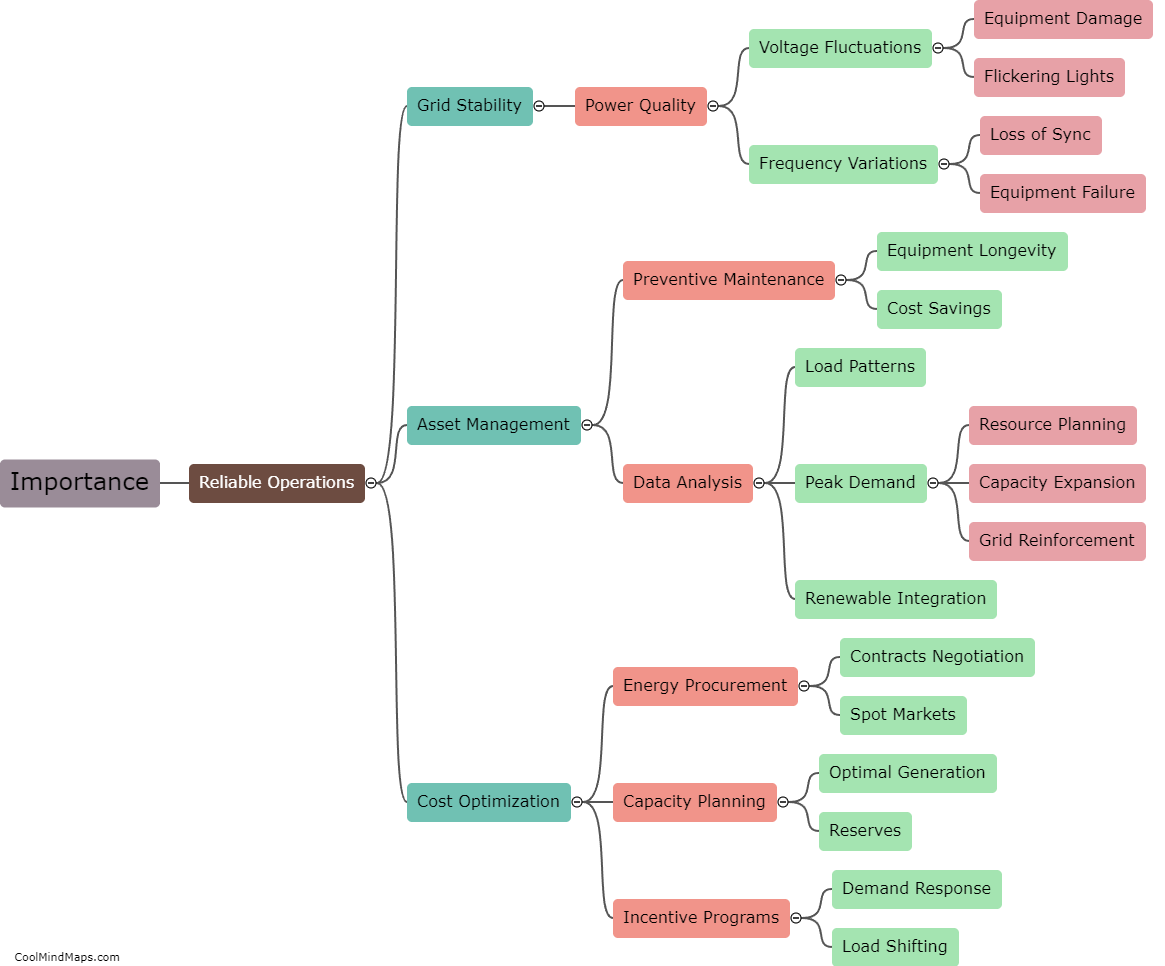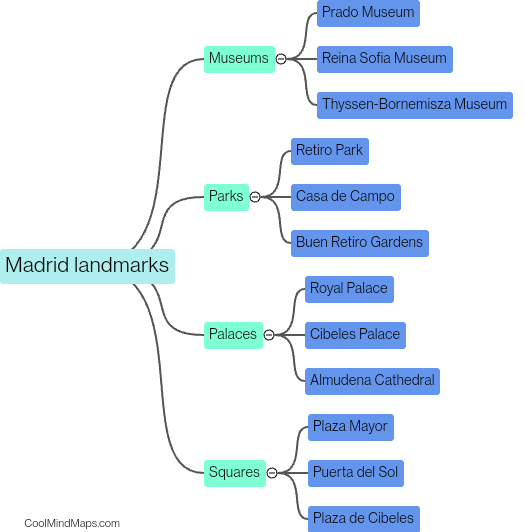What are the methods used in short load forecasting?
Short-term load forecasting is the process of predicting electricity demand at smaller time intervals, typically ranging from a few hours to a few days ahead. There are several methods commonly employed for short-term load forecasting. One method is the time series analysis approach, which involves analyzing historical load data to identify patterns and trends. This can include techniques like moving averages, exponential smoothing, and autoregressive integrated moving average (ARIMA) models. Another method is regression analysis, which uses historical load data along with weather and economic factors to build a predictive model. Additionally, artificial intelligence and machine learning techniques, such as neural networks and support vector machines, are increasingly being used due to their ability to capture complex relationships and handle nonlinearities. In combination, these methods enable accurate short-term load forecasting, assisting in efficient energy planning and resource allocation.
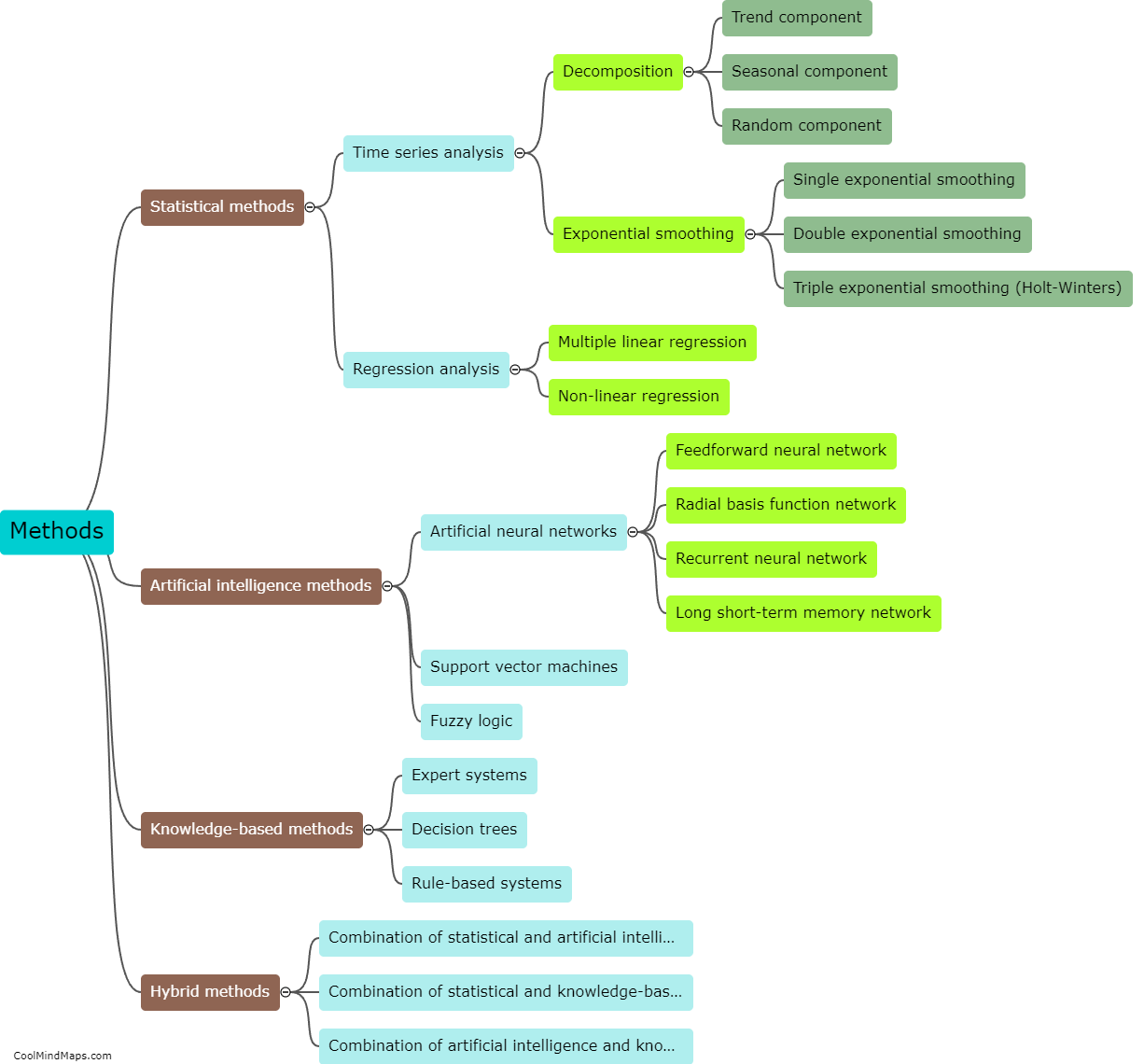
This mind map was published on 17 October 2023 and has been viewed 89 times.



